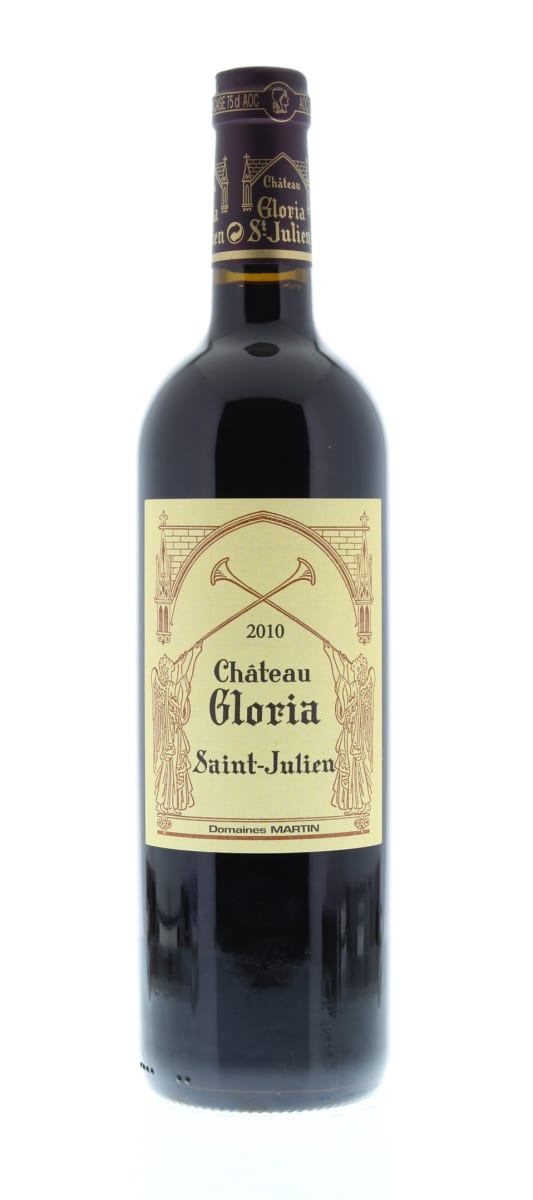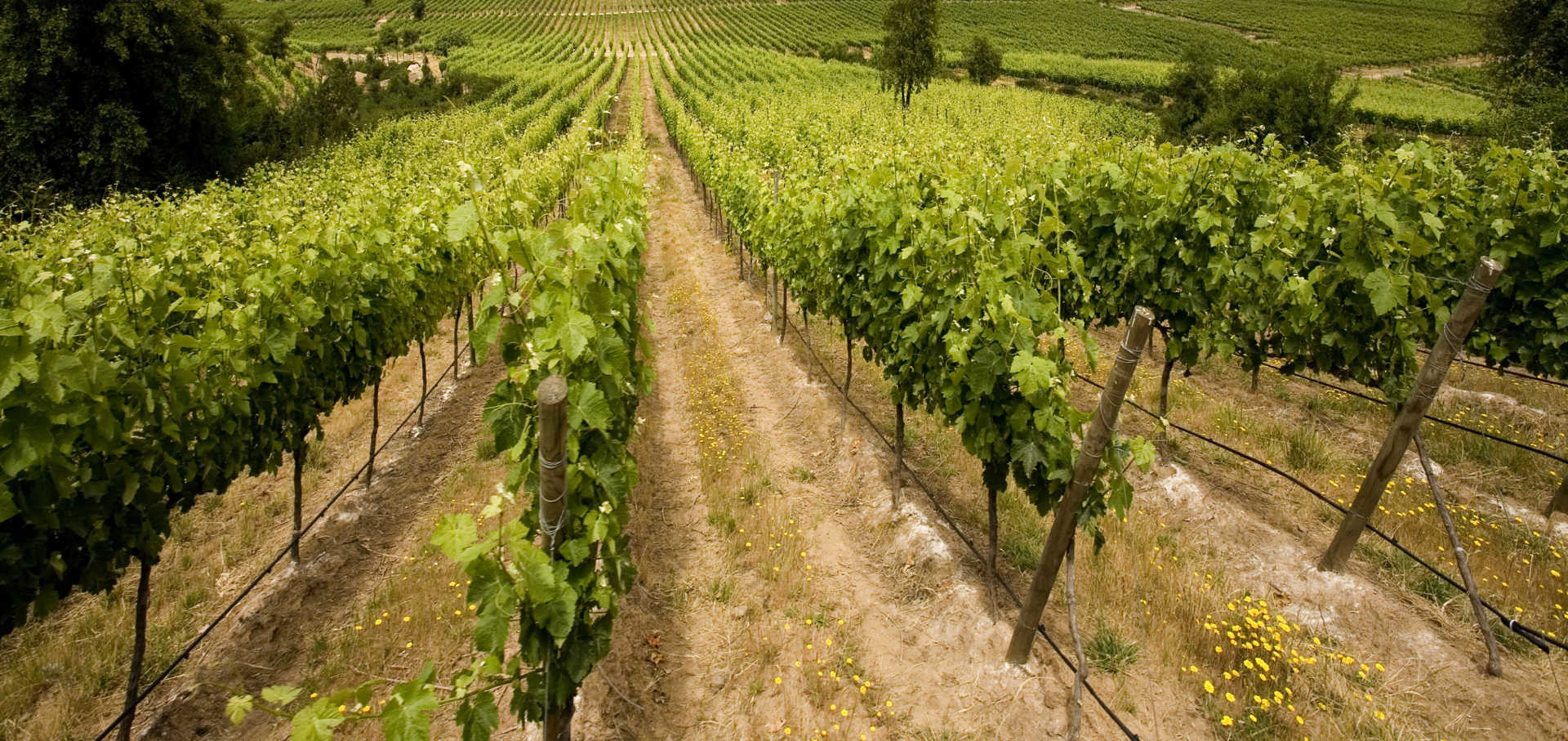Chateau Gloria 2010
-
Robert
Parker -
James
Suckling -
Wine
Spectator -
Wine
Enthusiast




Product Details
Your Rating
Somm Note
Winemaker Notes
Professional Ratings
-
Robert Parker's Wine Advocate
Deep garnet in color, the 2010 Gloria features notions of cedar, sandalwood and dusty earth with a core of black cherry compote and black berry pie plus wafts of tapenade, truffles and charcoal. Medium to full-bodied, the palate has a solid frame of firm, grainy tannins and lively acid with emboldened flavors and an earth-laced finish.
-
James Suckling
A little coarse, with chewy tannins, but velvety in texture. Full body, with plenty of fruit and bright acidity. Intense and interesting.
Barrel Sample: 90-91 Points -
Wine Spectator
Juicy and direct, with a relatively friendly feel to the plum, blackberry and blueberry fruit, all coated with a ganache note that hangs through the finish. Surprisingly accessible, and not quite as grippy as when tasted from barrel. Drink now through 2023.
-
Wine Enthusiast
The wine shows considerable new-wood influence at this stage. However, this wood emphasis brings out polished fruit that is deliciously smooth and blackberrylike in profile.
Other Vintages
2022- Vinous
-
Jeb
Dunnuck -
James
Suckling -
Robert
Parker - Decanter
-
James
Suckling - Vinous
-
Robert
Parker -
Jeb
Dunnuck
- Vinous
-
Wine
Enthusiast -
James
Suckling -
Jeb
Dunnuck -
Wine
Spectator -
Robert
Parker - Decanter
- Vinous
-
Jeb
Dunnuck -
James
Suckling -
Wine
Spectator - Decanter
-
Robert
Parker
-
Wine
Enthusiast -
James
Suckling -
Jeb
Dunnuck - Decanter
-
Wine
Spectator -
Robert
Parker
-
Wine
Enthusiast -
Wine
Spectator -
Jeb
Dunnuck - Decanter
-
James
Suckling -
Robert
Parker
- Decanter
-
Jeb
Dunnuck -
Wine
Spectator -
James
Suckling -
Robert
Parker -
Wine
Enthusiast
-
James
Suckling -
Wine
Spectator -
Wine
Enthusiast -
Jeb
Dunnuck -
Robert
Parker - Decanter
-
Wine
Enthusiast -
James
Suckling -
Wine
Spectator
-
Wine
Enthusiast -
Wine
Spectator
-
Robert
Parker -
Wine
Enthusiast -
James
Suckling -
Wine
Spectator
-
James
Suckling -
Robert
Parker -
Wine
Spectator -
Wine
Enthusiast
-
Robert
Parker
-
Wine
Spectator -
Robert
Parker
-
Wine
Spectator -
Robert
Parker
-
Robert
Parker -
Wine
Spectator
-
Robert
Parker
-
Robert
Parker
-
Robert
Parker
-
Wine
Spectator
-
Robert
Parker
-
Wine &
Spirits
-
Wine
Spectator


